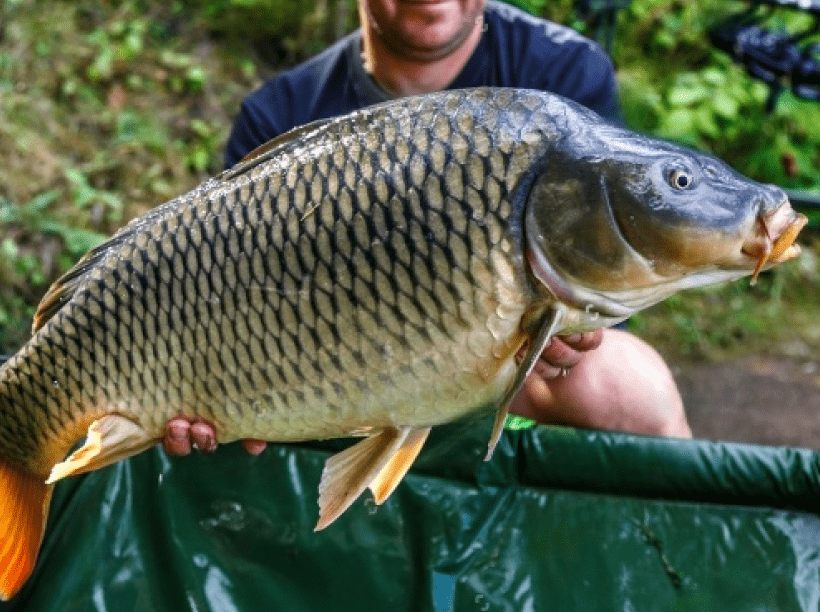Other names: Eurasian carp, European carp
Cyprinus carpio, commonly known as the common carp, is a resilient freshwater fish native to Europe and Asia. It has been widely introduced worldwide and is often found in slow-moving rivers, lakes, and ponds. Carp are highly adaptable, thriving in various water conditions, including those with low oxygen levels. They are omnivorous, feeding on plant material, insects, and small aquatic organisms. Due to their hardy nature, carp have become a popular species in both commercial fishing and recreational angling.

Other names
Eurasian carp, European carp
![]() Length
Length
~50" (max 120)
![]() Weight
Weight
~14" (max 45)
![]() Water
Water
Fresh
![]() Water Temp
Water Temp
15-30° F
-
-
-
-
-
-
-
-
Common carp prefer slow-moving or still waters with soft, muddy bottoms and abundant vegetation
They are often found in large rivers, lakes, ponds, and man-made reservoirs
Their diet includes a wide range of food, such as aquatic plants, insects, crustaceans, and detritus
Carp feed by sifting through bottom sediments, using their barbels to detect food
Spawning occurs in late spring to early summer in shallow, vegetated areas
Females release eggs that adhere to vegetation, while multiple males fertilize them
After hatching, juveniles stay in sheltered, vegetated waters before moving to deeper areas as they grow
Carp are known for their high adaptability, thriving in various climates and water conditions